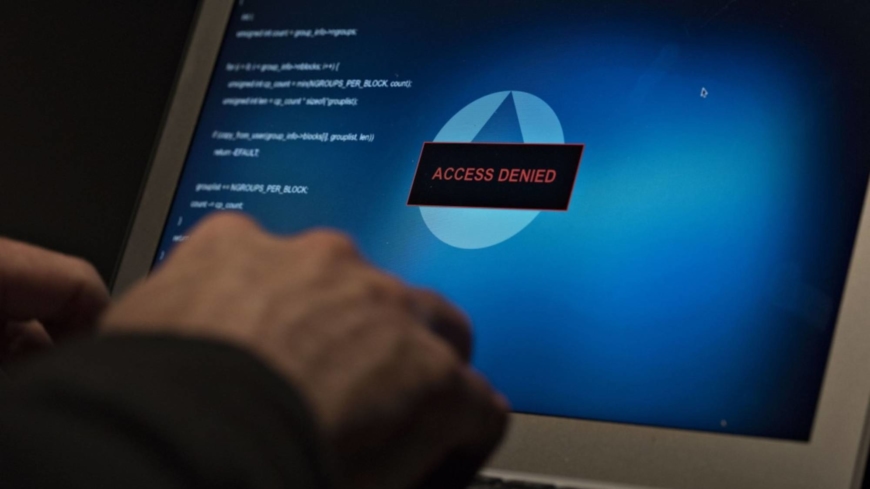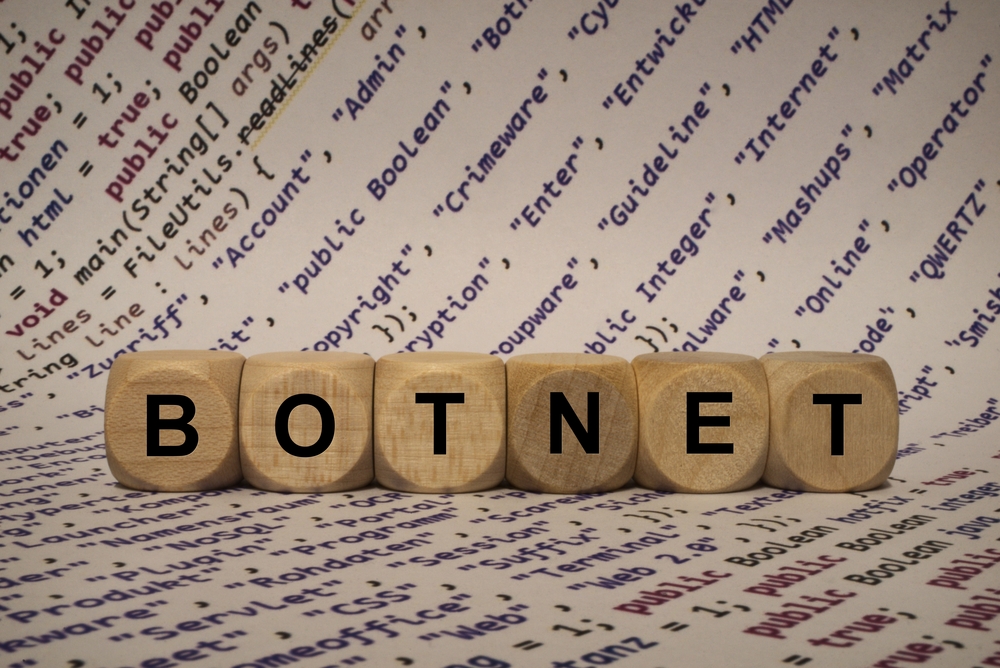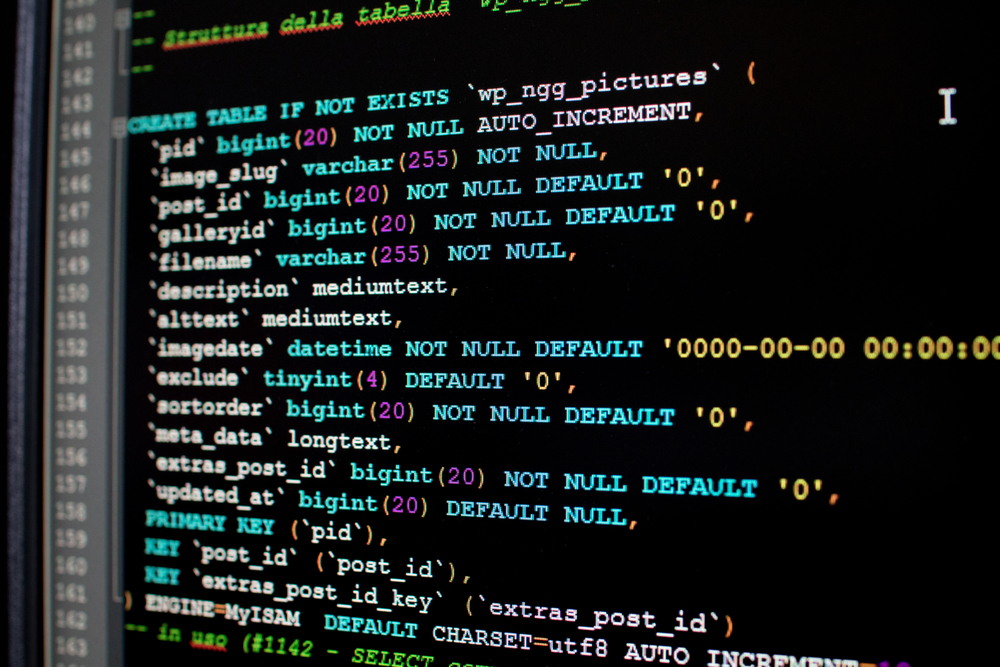Behind the surge in the number of cases in which information was compromised is that many companies have been rushing to promote digitalization and remote work, experts said.
The email security vendor said the acquisition of InteliSecure will simplify data protection for customers by streamlining policy creation and providing unified event visibility across tools.
WatchDog, the cryptomining malware, has been found to be running undetected for more than two years. The botnet has hijacked at least 476 Windows and Linux devices, to date.
PSF is urging its legion of Python users to upgrade systems to Python 3.8.8 or 3.9.2, in particular to address the remote code execution (RCE) vulnerability that’s tracked as CVE-2021-3177.
From the location data, an app can extract personal information and asks users to give feedback on the correctness of such information as well as to rate its relevance in terms of privacy sensitivity.
Google Chrome for iOS is getting a new privacy feature that lets you lock your opened Incognito tabs behind your iPhone’s Face ID or Touch ID biometric authentication features.
Malwarebytes announced the findings of its report which explores how the global pandemic forced many employees to quickly become a remote workforce and confined consumers to their homes.
For far too long, we have accepted weaknesses in software supply chain. We must be more diligent about putting pressure on the entities in the supply chain to offer proof of deep security scrutiny.
Melbourne’s RMIT University has said significant progress has been made in restoring its systems, following reports on Friday the university had fallen victim to a phishing attack.
We all know that the attack surface has expanded because of the sudden shift to work from home, and now, this has given a boost to Remote Desktop Protocol (RDP) attacks.








